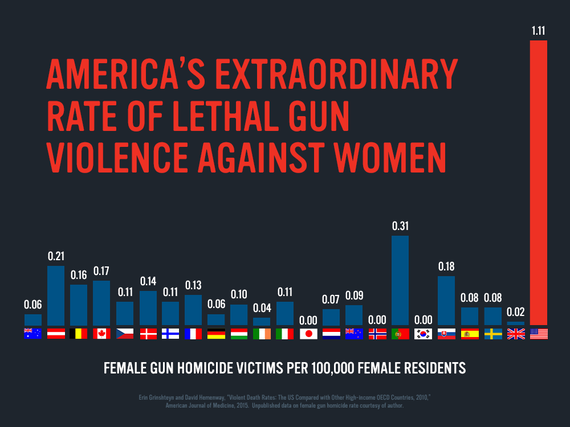
This expanded view of “community exposure to violence” encompasses not only the typical areas of study in past research, such as causing or being the victim of harm and hearing or seeing violence firsthand, but also spillover effects that result from social proximity to individuals and communities that are disproportionately affected by violence, as well as living or spending time in places impacted by elevated rates of violence, regardless of whether the violence is witnessed or experienced directly.Įmpirical support for this expanded view of exposure is growing. While the prevalence and consequences of direct and indirect exposure to violence have been increasingly well documented, there is growing recognition that conceptions of exposure and resulting trauma can extend beyond the individual and affect the entire community. Violent victimization and indirect exposure to violence have been associated with a wide range of detrimental socioemotional and health risk outcomes, particularly when firearms are involved, as well as subsequent self- and other-directed violence perpetration. One study among communities highly impacted by structural and interpersonal violence found 56% of youth ages 12–15 in 1997–2000 reported having heard gunshots in the past year. Nationally, in 2013–2014, an estimated 13% of adolescents ages 14–17 reported having heard gunshots or having seen someone shot over their lifetime. Indirect exposure to gun violence in the form of hearing gunshots or witnessing gunfire is also prevalent. Nonfatal firearm injuries are estimated to outnumber firearm homicides by more than 2 to 1.


Yet deaths due to firearm assault represent only a fraction of the human toll of the community gun violence problem. Consequently, average rates of gun homicide for 2016–2020 are more than 13 times and 2 times higher among Black (10.6/100,000) and Latinx (1.9/100,000) children and teens, respectively, compared with that of white peers (0.8/100,000). But the burden of community gun violence, and particularly gun homicide, is not distributed evenly rather, these patterns reflect a constellation of mutually constitutive inequities in the macro-level systems and social, economic, and political forces that shape the conditions of daily life, with Black and Latinx youth disproportionately exposed to communities experiencing high risk factors associated with violence and low protective factors associated with safety. Given well-documented consequences of gun violence exposure on health, these more comprehensive estimates underscore the importance of supportive strategies not only for individual victims but entire communities in the aftermath of gun violence.įirearm homicide is consistently a leading cause of death among children and teens ages 0–19 in the USA, accounting for more than 2800 deaths (8/day) in 2020.

Household poverty contributed to exposure inequities, but disproportionate residence in disadvantaged neighborhoods was especially consequential: for all racial/ethnic groups, the difference in the probability of exposure between youth in low vs high poverty households was approximately 5–10 percentage points, while the difference between youth residing in low vs high disadvantage neighborhoods was approximately 50 percentage points. Black and Latinx youth were 3–7 times more likely, depending on the exposure radius, to experience a past-year gun homicide than white youth and on average experienced incidents more recently and closer to home. These percentages were 3–25% for incidents within 800 m and 5–37% for those within a 1300-m radius. In total, 2–18% of youth resided within 600 m of a gun homicide occurring in the past 14–365 days. We use data on a population-based cohort of youth merged with incident-level data on deadly gun violence to assess the prevalence and intensity of community exposure to gun homicides across cross-classified categories of exposure distance and recency, overall and by race/ethnicity, household poverty, and neighborhood disadvantage.

Yet detailed information about these broader experiences of violence is lacking. While most estimates are based on direct and witnessed victimization, living nearby gun violence incidents may be consequential too. Understanding the burden of gun violence among youth is a public health imperative.


 0 kommentar(er)
0 kommentar(er)
